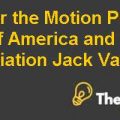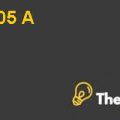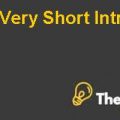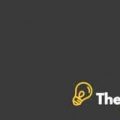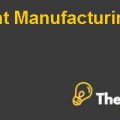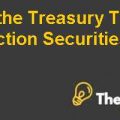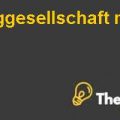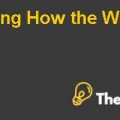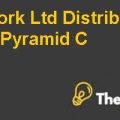
PHILLIP MORRIS AND KRAFT Case Solution
Introduction
Philip Morris created hype among the stockholders of Kraft foods by offering 50% premium over the current stock price of Kraft foods. The stock price of Kraft was $60 in October 1988, but Philips Morris was ready to acquire its stocks at $90 per share. In response to such hostile offer, the management of Kraft company announced that the company’s stock was undervalued in a market as they were investing in long-term projects by foregoing current profits in order to achieve the corporate objectives of the company. Its intrinsic worth is more than $90 as per the analysis of our investment banker Goldman, Sachs & Co.
Moreover, if the management of Philip Morris will offer more than $90 and around $110, then the management of the company can negotiate on this deal. However, the management of the Philip Morris refused this stance as they were confident about the price which was offered by them.
Kraft food was growing rapidly at CAGR 5 years (1982-1987) of 7%, as well as it has a diversified portfolio which includes cheese, mayonnaise, and margarine. The acquisition of different companies helped this company to reduce its dependency on food income as they acquired Dart Industries and afterwards Hobart (Kitchen Aid Equipment Company) was also purchased by them. After few years of these strategic moves, the company began to follow all food approach by divesting all non-food items from their portfolio. The U.S consumer food was their highest revenue generating segment followed by international food segment. International segment was offering tremendous growth opportunities in sales; such as sales of last year increased by 72% in this segment.
Philip Morris is a tobacco company with a famous product line of Marlboro, Benson & Hedges, and Virginia slim. Its declining local sales were compensated by increasing exports outside the U.S because of widespread consumption of cigarettes across the globe, especially in Japan and Taiwan. Philip Morris was offering $90/share to Kraft to merge it with general foods. It is expected that this merger could have resulted in creation of the largest food company of the world.
Problem Statement:
John Richman (the CEO of Kraft food) opposed this deal as he was of the opinion that Kraft’s intrinsic worth was more than $90/Share. Now what should be the steps of management of both companies? How much its share price worth? What should the shareholders do?
Case Analysis
Industry analysis:
With the increase in the population of the world, the demand for food also increases. The food industry is offering an upside potential in future,therefore, it would be a great opportunity for companies to invest in this sector.
Porter five forces
- Threat of new entry:The threat of new entry is high in this market due to relaxed regulations of the government and there has been an increase in demand due to an in population. Food is a ncessity whose demand will always increase, and the market share of this segment is also fragmented. Therefore it can be concluded that one can easily enter and exit the market.
- Threat of substitute:The threat of substitute is very low as nothing can replace the need of food,however,in the future it can be replaced by Vitamin capsule. Nevertheless, there is no substitute for food yet.
- Intensity of competition:The threat of rivalry is high in this industry because of fewer regulations and low capital requirement. The companies are competing in this industry on the basis of quality, choice and price of food.
- Bargaining power of customers:The bargaining power of customers is high because of no switching cost and more alternatives available. Customers can shift easily from one supplier to another because of no switching cost. In addition to this, home delivery service is nowadays a key success factor in this industry..................... This is just a sample partial case solution. Please place the order on the website to order your own originally done case solution.

